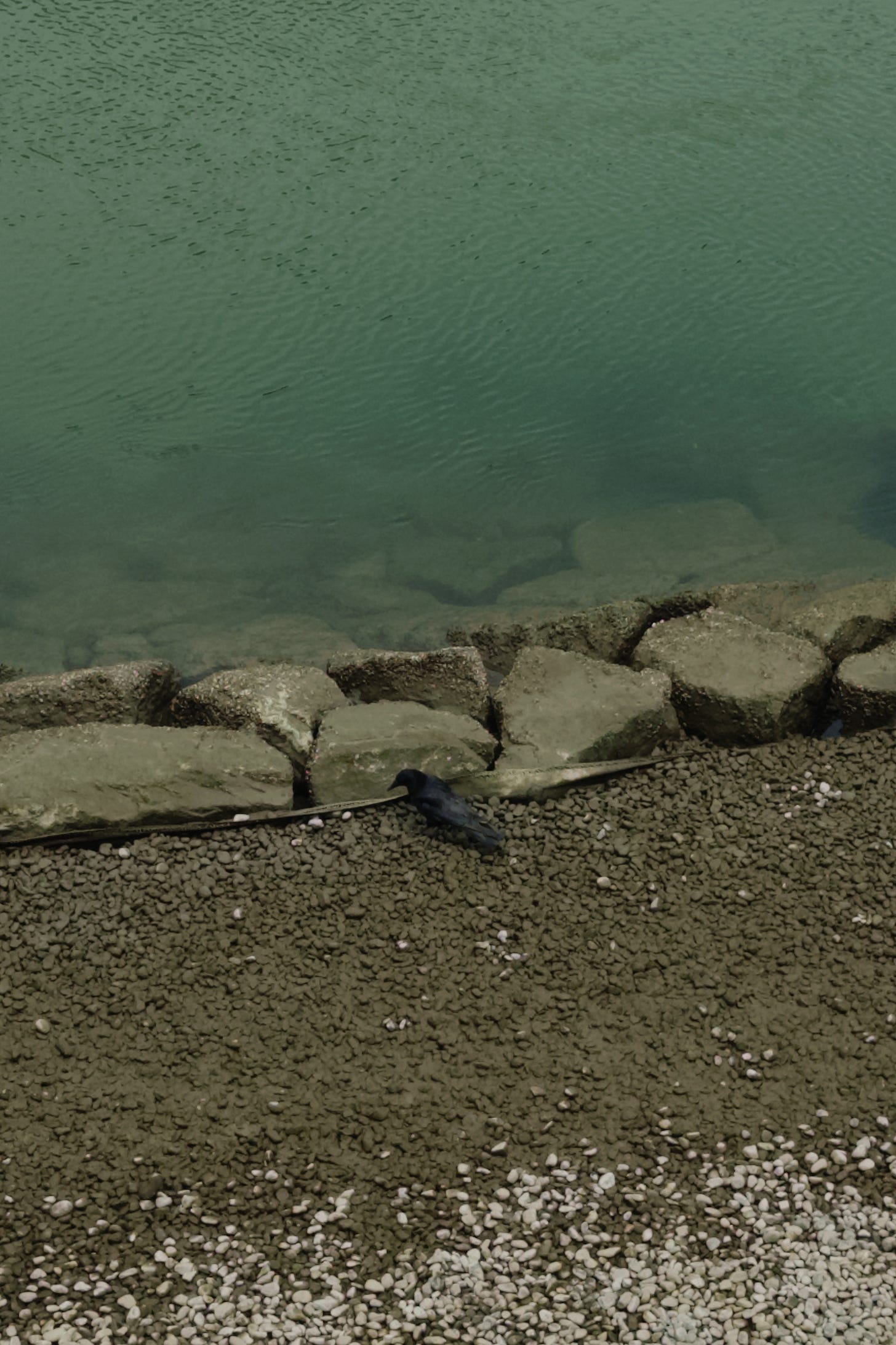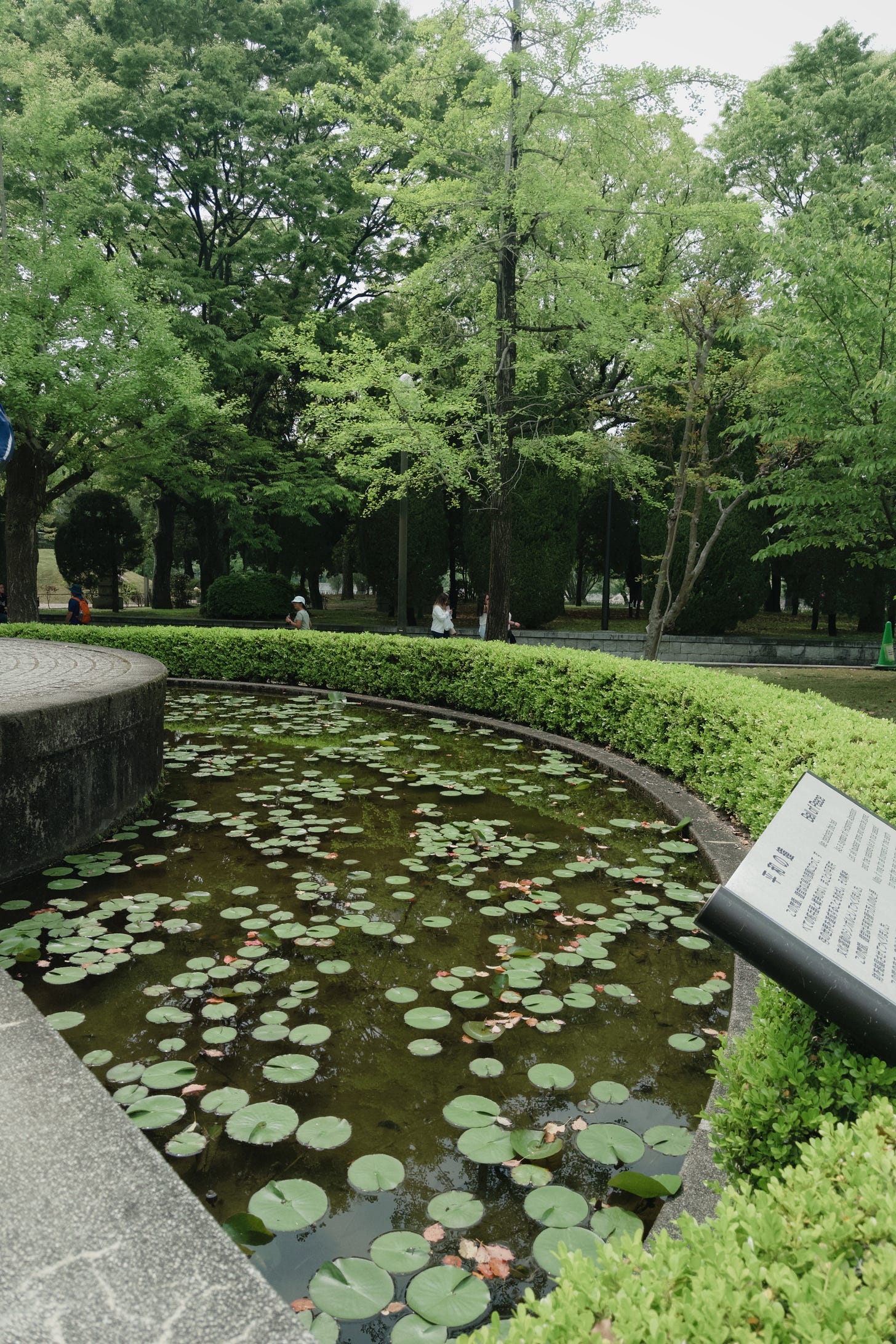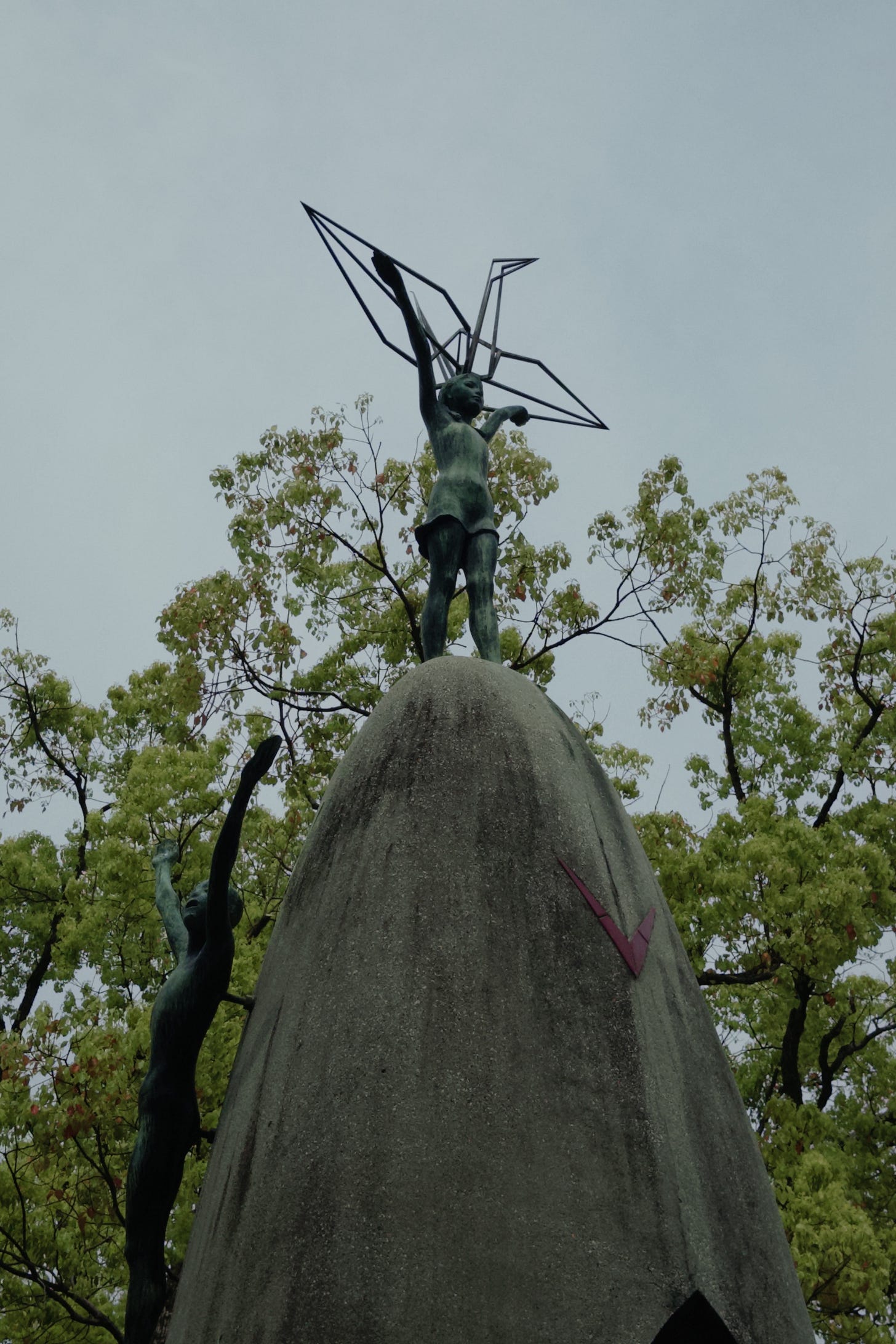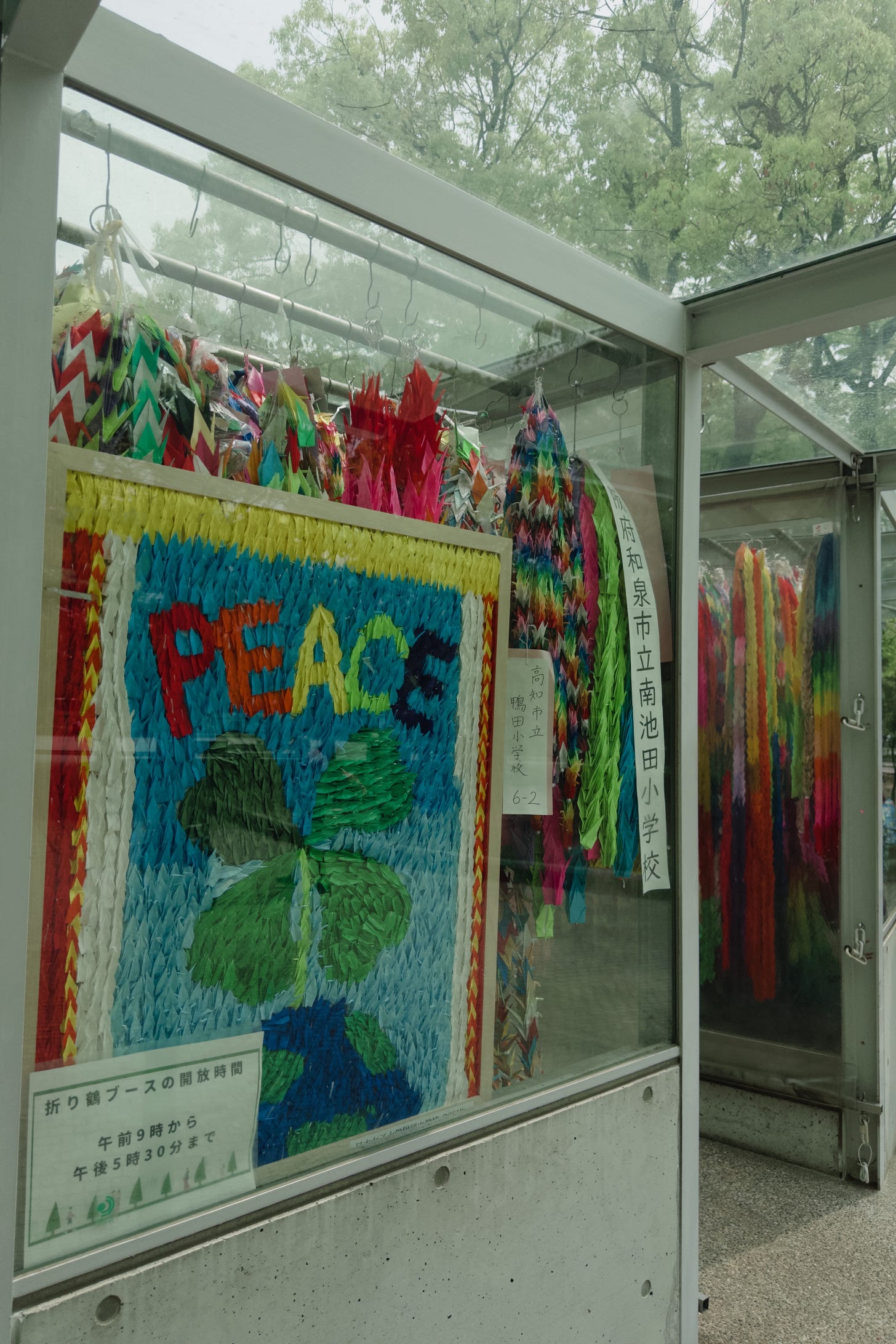Hiroshima: Where The Water Remembers
Never in my life had I stood in a place so densely haunted by silence—so full of names that echo without sound. I’ve traveled to more than thirty countries, lived in five, but Hiroshima struck a chord that trembled in me like nothing ever had. The devastation of war, not as a concept, but as a wound you can feel under your feet.
To speak of the modern city’s beauty is one thing. Its peace, its architecture, its rhythm. But to witness the kindness of its people—soft-spoken, warm, reverent—it’s humbling to behold. Proof that even after the most merciless of tragedies, humanity still remembers how to bow, how to smile, how to choose gentleness.
But Hiroshima is not just a city of peace. It is a city of water.
And water remembers.
From the riverbanks where incinerated bodies once crawled, desperate to cool the fire eating their skin, to the lily-covered ponds that now mirror the leaves the dying once used to soothe their burns—every surface glistens with memory. Fountains are built here not only for beauty, but for grief. They are offerings. Apologies. Water to appease the dead who never truly left.
The entire time I was there, a knot settled in my throat and refused to loosen. My eyes welled with every step. I couldn’t bring myself to take photos of myself in front of the preserved buildings—it felt wrong. I don’t care for political justifications. I am, and always will be, anti-war. The thousands who died—especially the children—did not deserve the fire that fell from the sky. No child ever does.
One story stays with me like a paper cut to the soul.
Sadako Sasaki.
A small girl who survived the bombing, only to be diagnosed with leukemia at age twelve. She endured the pain of her illness by folding paper cranes in the hope of recovery. A thousand cranes for one wish. Her fingers, fragile as ash, kept working until her final breath. After her passing, her brother and countless other children raised a monument in her honor—a girl turned into a symbol, her cranes still whispering their plea: let there be peace.
The Peace Memorial Museum was the most harrowing of all. The photographs, the scorched remnants of lives, the testimonies of those who wandered the ruins like ghosts made of flesh—they will never leave me. I walked among echoes. I listened. And when I returned to the ship where I’ve been staying, I sat with the voices I had gathered. I wrote this—for them.
The Water Remembers
Like the clap of thunder splitting the spine of the sky,
Like the quake of an earth too furious to hold us,
The heavens turned black—then bled.
I gathered the last pieces of myself
In a soot-stained cloth
And wandered into the apocalypse.
Friendly neighbors now ghastly silhouettes,
Dragging that which I cannot name as bodies.
They left crimson trails across streets of ash—
Roads that led nowhere,
Because how do you choose where to go
When you are only choosing how to die?
A symphony of suffering filled the air—
Men, women, children, animals—
All wailing with the same cracked voice:
Water. Please. Water.
And so we crawled to it.
To the river.
The Motoyasu took us in.
A god with no voice, only mercy.
To his waters, the burnt and broken came,
And he cradled them into sleep.
Eternal, quiet sleep.
I have not forgotten.
I will never forget.
The day they tore a hole in the world—
And called it justice.
The day the gates of hell
Opened in the place we once called home.
And neither has the water forgotten.
For though it flows now clear,
Its soul is black with memory—
It weeps in silence,
Still carrying the names
We are not allowed to erase.








